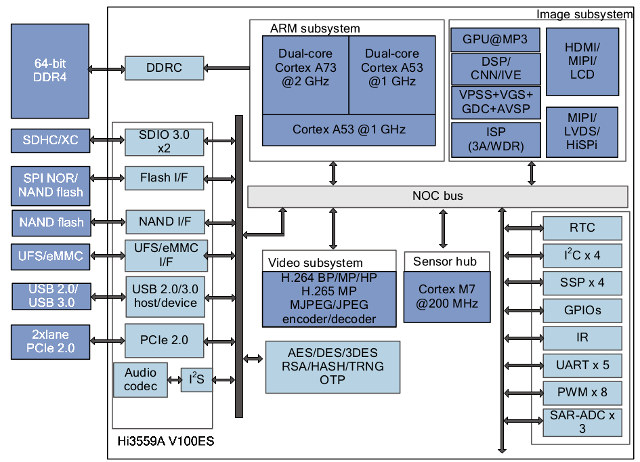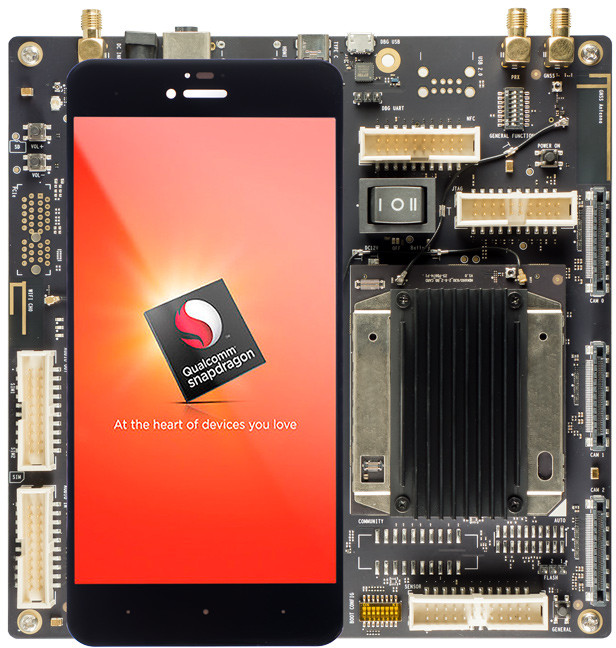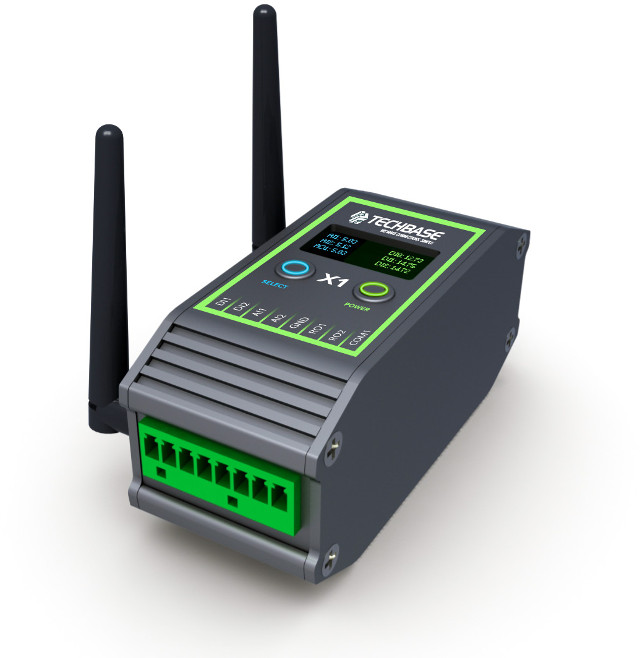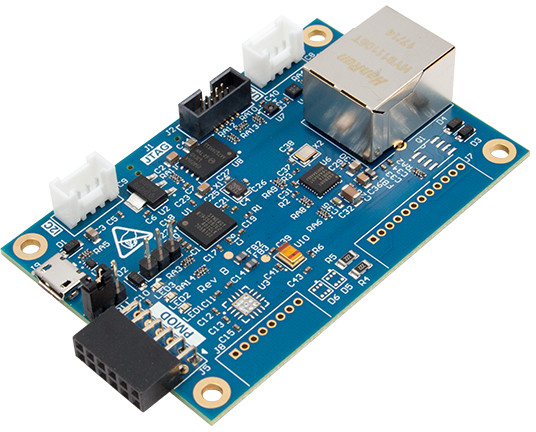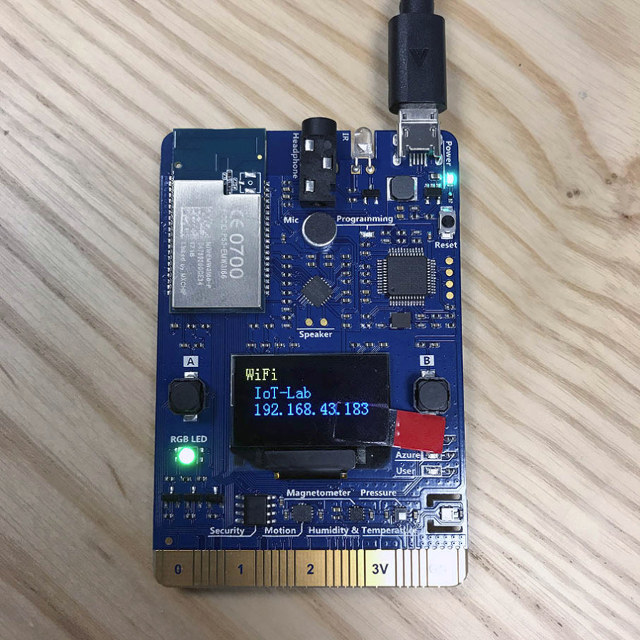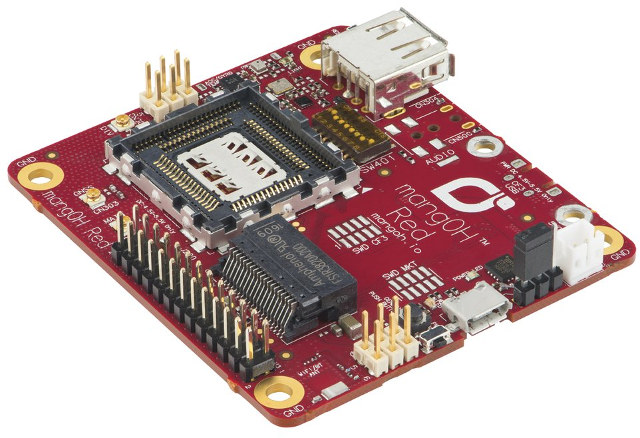Earlier today, I published a review of JeVois-A33 machine vision camera, noting that processing is handled by the four Cortex A7 cores of Allwinner A33 processor, but in the future we can expect such type of camera to support acceleration with OpenCL/Vulkan capable GPUs, or better, Neural network accelerators (NNA) such Imagination Tech PowerVR Series 2NX. HiSilicon already launched Kirin 970 SoC with such similarIP, except they call it an NPU (Neural-network Processing Unit). However, while looking for camera SoC with NNA, I found a list of deep learning processors, including the ones that go into powerful servers and autonomous vehicles, that also included a 8K Camera SoC with a dual core CNN (Convolutional Neural Network) acceleration engine made by Hisilicon: Hi3559A V100ES. Hisilicon Hi3559A V100ES specifications: Processor Cores 2x ARM Cortex A73 @ 2 GHz, 32 KB I cache, 64KB D cache or 512 KB L2 cache 2x ARM […]
Intrinsyc Launches Open-Q 660 HDK Snapdragon 660 Development Kit
For many years now, Intrinsyc has been releasing Qualcomm mobile development platforms that that are used by companies wanting to design and manufacture smartphones or other products based on Snapdragon processors. Those are usually full featured, including a smartphone display, and well suited to such product development. Their latest development kit is the Open-Q 600 HDK (Hardware Development Kit) powered by Qualcomm Snapdragon 660 SoC, an upgrade to Snapdragon 653 with about 20 percent improvement in CPU performance, and 30 percent in GPU performance. The kit is also equipped with 6GB RAM, 64GB flash, a display, wireless modules, sensors, camera interfaces, expansion headers, and more. Intrinsyc Open-Q 600 specifications: SoC – Qualcomm Snapdragon 660 octa-core processor with Four Kryo 260 performance cores @ up to 2.2GHz, four Kryo 260 low power cores @ up to 1.8GHz Adreno 512 GPU @ up to 650 MHz supporting OpenGL ES 3.0/3.2, Vulkan, DX12 FL […]
TECHBASE Moduino X Series Industrial IoT Modules / Endpoints are Based on ESP32 WiSoC
We’ve previously covered TECHBASE ModBerry industrial IoT gateways leveraging Raspberry Pi 3, FriendlyELEC NanoPi M1 Plus, or AAEON’s UP Linux boards. The company has now launched Moduino X series modules powered by Espressif ESP32 WiFi + Bluetooth SoC to be used as end points together with their ModBerry gateways. Two models have been developed so far, namely Moduino X1 and X2, with the following specifications: Wireless Module – ESP32-WROVER with ESP32 dual-core Tensilica LX6 processor @ 240 MHz, 4MB pSRAM (512KB as option), 4MB SPI flash; External Storage – X2 only: micro SD card slot Connectivity 802.11 b/g/n WiFi up to 16 Mbps + Bluetooth 4.2 LE with u.FL antenna connector X2 only: 10/100M Ethernet Options: LoRa (Semtech SX1272); Sigfox (TI CC1125); LTE Cat M1/NB1; Zigbee Serial – 2x RS-232/485 Display – Optional 0.96″ OLED display with 128×64 resolution Expansion I/Os 4x Digital I/O (0 ~ 3V) 2x Analog Input: […]
Hologram LTE Software-Defined Global Network for Cellular IoT Projects Starts at $0.40 per Month per Device
Cellular connectivity can be rather expensive, and in the IoT realms, new LTE standards are still evolving and you may want to manage your own mini cellular network, so ideally we would need a provider that offers both low cost and flexibility. Hologram LTE network does both as it’s a software-defined network, and pricing starts at $5 for the SIM card and $0.40 per month per device. The company also just announced that their network was available for global deployment with the service available in more than 170 countries via partnerships through over 200 cellular carriers. The SIM card supports automatic roaming and carrier switching, and spacebridge inbound tunnel access allows for secure remote programming and device management. The SIM card specifications are as follows: 2G/GPRS, 3G HSPDA, 4G LTE Read/Write Cycles: Min. 500,000 Operating Temperature: -25°C ~ 85°C Data Retention: Min. 25 years at 25°C Triple-cut for Mini, Micro, […]
Renesas S5D9 IoT Fast Prototyping Board Combines Cortex M4F MCU, Sensors, and Ethernet
Renesas S5D9 IoT Fast Prototyping board is a board designed – as its name implies – for the Internet of Things, with the company’s Synergy S5D9 ARM Cortex-M4F micro-controller, various sensors, various I/Os including protected digital inputs and outputs, and Ethernet for network connectivity instead of a Bluetooth or/and WiFi module. Renesas S5D9 board specifications: MCU – Renesas Synergy S5D9 ARM Cortex M4F MCU @120MHz with 2MB flash and 640KB SDRAM Storage – 256Mbits (32MB) QSPI NOR flash Connectivity – 1x 10/100Mbps Ethernet (RJ45) USB – 1x micro USB Full Speed port Sensors Bosch BMC150 6-Axis sensor (digital compass) AMS ENS210 environmental sensor for temperature and humidity data TE Connectivity MS5637-02BA03 barometric pressure sensor Knowles SPU0414HR5H-SB amplified SiSonic microphone Expansion 1x PMOD connector (SPI) 2x Grove Connectors (UART, I2C, GPIO) 2x Protected Digital Input (5.1V to 24V) + 2x Buffered Digital Output (up to 1A) via Molex 12 position header […]
MXCHIP AZ3166 IoT Developer Kit is Designed to Work with Microsoft Azure
MXCHIP is a Shanghai based company designing and manufacturing WiFi IoT modules such as EMW3165, which has now made a development board based on their EMW3166 STM32+ Cypress module – called MXChip AZ3166 – specifically designed for Microsoft Azure cloud computing platform. MXChip AZ3166 board specifications: Wireless Module – EMW3166 WiFi module with STM32F412 ARM Cortex M4F MCU @ 100 MHz with 256KB SRAM,1MB+2MB SPI Flash, Cypress BCM43362 WiFi chip Display – 128×64 OLED display Audio – Audio codec, built-in microphone, and 3.5mm heaphone jack Sensors – Motion sensor, magnetometer, atmospheric pressure sensor, temperature and humidity sensor Expansion – Finger extension interface with 25 external I/O pins including GPIOs, I2C, I2S, UART, ADC, Reset, 3.3V, and GND Debugging – DAP Link emulator USB – 1x Micro USB port for power, programming, debugging Misc – 2x user buttons; 1x RGB light; 3x working status indicator; IR emitter; Security encryption chip Power Supply […]
MangOH Red Open Source Hardware Board Targets Cellular Industrial IoT Applications
Sierra Wireless has announced MangOH Red open source hardware platform designed for IIoT (Industrial IoT) applications with a snap-in socket for 2G to 4G & LTE-M/NB-IoT modules, built-in WiFi and Bluetooth, various sensors, a 26-pin expansion header, and more. MangOH Red board specifications: Snap-in socket to add any CF3-compatible modules, most of which based on Qualcomm MDM9215 ARM Cortex A5 processor including: Airprime WP7502 LTE Cat 3, HSPA, WCDMA, EDGE/GPRS module Airprime WP7504 LTE Cat 3, HSPA, WCDMA, CDMA module Airprime WP7601 LTE Cat 4 module Airprime WP7603 LTE Cat 4, WCDMA module Airprime WP8548 HSPA, WCDMA, EDGE/GPRS, and GNSS module AirPrime HL6528RD quad-band GSM/GPRS Embedded Wireless Module designed for the automotive market And more…. Storage – micro SD slot Wireless MCU Module – Wi-Fi 802.11 b/g/n and Bluetooth 4.2 BLE module with an ARM Cortex-M4 core MCU (Mediatek MT7697) providing access to real-time I/Os Wireless Connectivity “Accessories” Micro SIM card […]
Samsung S-Patch3 Wearable Health Tracker Based on Samsung Bio-Processor Hits the FCC
At the end of 2015, Samsung unveiled their S3FBP5A Bio-Processor comprised of an ARM Cortex-M4 MCU, a DSP, and sensors for PPG, ECG (electrocardiography), Skin temperature, BIA, and GSR to have a single package to design tracker able to monitor your health condition. The company demonstrated an early prototype called S-Patch at CES 2016 (See embedded video at the end of this post), and now S-Patch3 wearable health monitoring system has just hit the FCC. The system has two round shapes case connected via a cable, with one for the battery compartment, and the other containing the Bio Processors, and meant to be placed on your chest. The device can then synchronize the data with your smartphone in real-time over Bluetooth. People with heart conditions may benefit from the system, as if they wish to do so, they could share the data with their doctor. Few documents are publicly available […]


